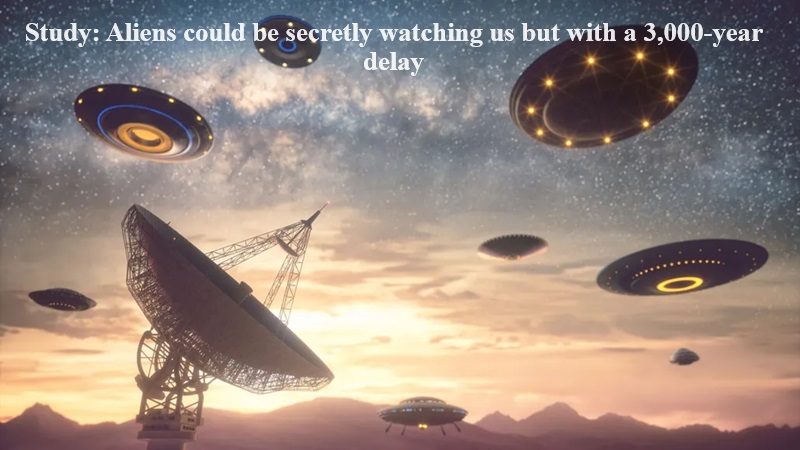
A recent study suggests that extraterrestrial beings might be observing Earth and scrutinizing its prominent landmarks from their distant vantage points using highly advanced telescopes. The study, published in the March 2024 edition of Acta Astronautica under the title “Are we visible to advanced alien civilizations?” explores the notion that these potential alien observers are not engaging in real-time surveillance. Instead, due to the time it takes for light to traverse vast distances in space, there could be a substantial delay of at least 3,000 years in their observations. Consequently, it is speculated that these extraterrestrial entities might be focusing on structures and edifices erected on Earth during ancient periods, such as those of the Romans, Greeks, Indians, and Egyptians.
The author of the peer-reviewed paper, ZN Osmanov, who serves as a Research Affiliate at the Search for Extraterrestrial Intelligence (SETI) institute, asserts that the maximum distance for potential detection of Earth’s activities by an extraterrestrial civilization is approximately 3,000 light-years. This estimate is derived from the application of the laws of physics. The study’s primary objective is to assess the detectability of Earth by categorizing potential alien civilizations based on their technological advancements.
These classifications are determined by the ability of alien societies to harness the energy emitted by their local star. The proposed categories are as follows: Type-I, which consumes all the energy reaching a planet from its star; Type-II, which utilizes the total energy output of the star; and Type-III, an advanced society capable of harnessing the entire energy output of a galaxy. In essence, the study aims to discern the visibility of Earth to advanced extraterrestrial civilizations based on their technological capabilities and energy utilization.

Post Your Comments